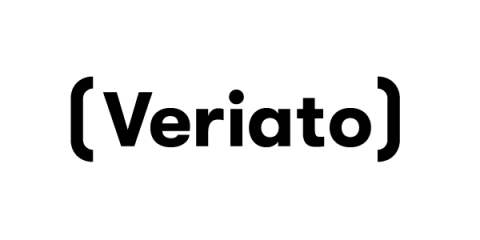With Great Freedom Comes Great Cloud Responsibility
Modern digital & cloud technology underpins the shift that enables businesses to implement new processes, scale quickly and serve customers in a whole new way. Historically, organisations would invest in their own IT infrastructure to support their business objectives, and the IT department’s role would be focused on keeping the ‘lights on.’ To minimize the chance of failure of the equipment, engineers traditionally introduced an element of redundancy in the architecture.









